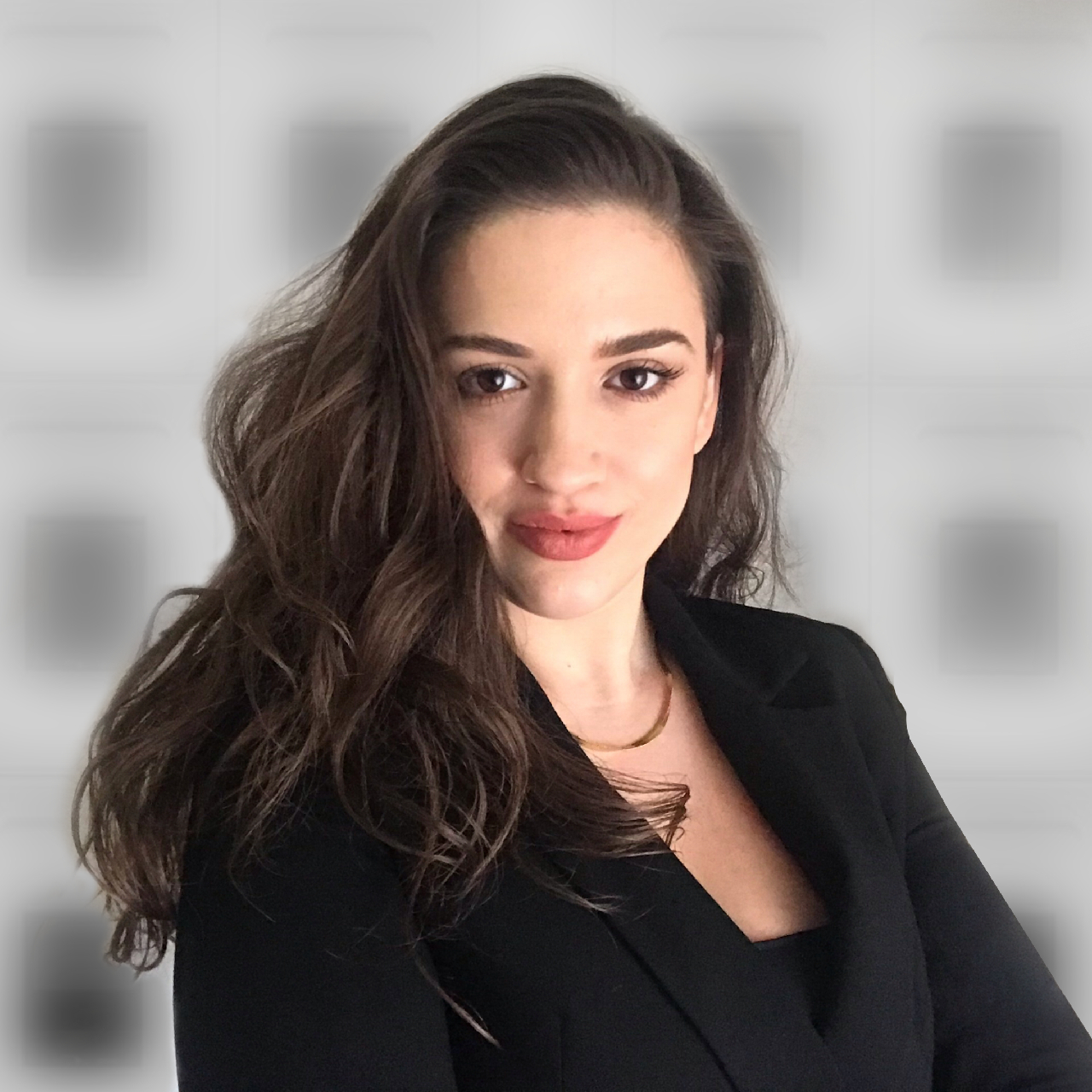-Sir, may I ask you something? Where can I find the old municipality building? Should I go this way or that way?
-Follow this way straight along Luan Haradinaj street, then go right and just continue straight and you’ll connect with UÇK street.
-Thank you!
This conversation was one of the first I had when I came to Prishtina from Tirana 6 years ago to study Graphic Design and Multimedia.
Soon I started making friends and meeting colleagues who loved art and design as much as I did. I was impressed by how much people here loved beauty. They had this love not only for the fine arts but also for applied design, architecture, fashion and graphic and interior design. The interest that people showed in the latest trends, cultural exchanges with different countries and exhibitions proved to me that I made the right choice coming here.
I was not accustomed to seeing even older generations appreciate beauty so much, adapt quickly to changing trends, and moreover, encourage young men and women to pursue creative professions. However, not everything was suffused in beauty.
I started this blog with a short conversation I had with an ordinary resident. But I have experienced hundreds of such conversations, especially in the beginning before I figured out where all the cafes, shops, and other places I needed to find were. Conversations of this kind became one of the only ways I could learn about where certain places were located in Prishtina.
A solution that does not require much
From an aesthetic point of view, Prishtina is beautiful but tangled. In other words, it doesn’t have a clear urban plan. Every day when I had errands to run, it was exhausting to gather the will and go out in the city. I always prepared myself mentally to get instructions from strangers on the street. Go left, go right, close to this or that building.
Sometimes it seemed to me that even residents of Prishtina couldn’t maneuver through the city accurately. Whenever I asked someone for directions, the answers were always “just walk a little further.”
It was even more troublesome when I had to deal with public institutions. Before starting anything related to public institutions, I always searched on the internet for information. What I found online was out of date and often unclear. When I asked my colleagues how I could get X document from Y institution, I always noticed a veil of exhaustion come over their faces. I saw that even for those living in Prishtina, this process was tiring and arduous.
But I needed the documents, so I had no other choice. I went up and down floors, from office to office, door to door, until I finished what I had to do. Although the clerks were communicative and always ready to help, having to knock on doors office by office became too tedious and time-consuming.
Sometimes these situations lasted longer because the workers were focused on my accent. I was always asked about my country of origin, my impressions of Kosovo and on the connection of Kosovo Albanians with Albania. To avoid these conversations, I imitated the Kosovar accent, but I couldn’t camouflage my accent.
When I think about it today, I know I had an advantage. After all, I spoke Albanian. But how do people and visitors who don’t speak Albanian or who don’t have prior information manage? They must get much more tired than I did.
Thinking about what I would like to change in Kosovo, it is this chaos that comes to mind. Although I think there are other problems that require long-term strategic plans, I think this problem doesn’t take much effort to improve.
Prishtina should update the websites of institutions, the divisions of departments across floors and so on.
Just think how easily this could be solved. The creation of simple databases of directory information are critical for anyone going to an institution, it could also save time with other procedures.
Among colleagues I’ve often had this type of conversation. Creating such systems can be achieved through gathering a group of designers to work together with state institutions. They can then make an easy directory that is easy to read, creative, helpful and distinctive, just like the signs and symbols we encounter in traffic. This would be a first step in solving some of Prishtina’s chaos.
Feature Image: Arrita Katona / K2.0.

